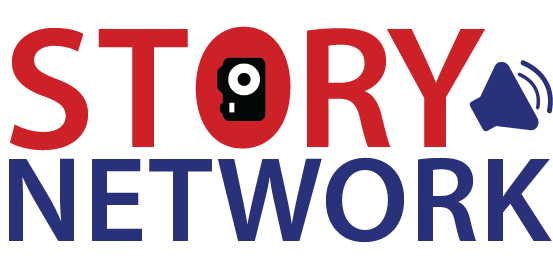When launching a startup, one critical decision entrepreneurs face is how to finance their venture. Two common options are bootstrapping, which involves self-funding the business using personal savings or revenue generated, and seeking external funding from investors or loans. Each approach has its advantages and disadvantages, and understanding them is crucial for making an informed choice. In this article, we will explore the pros and cons of bootstrapping and external funding for startups, helping entrepreneurs evaluate which path aligns best with their goals and circumstances.
Striking the Balance: Pros and Cons of Bootstrapping vs. External Funding for Startup Success
Bootstrapping
Bootstrapping refers to funding a startup using personal finances and the revenue generated by the business itself, without seeking external investment. Here are the pros and cons of bootstrapping:
Pros
Autonomy and Control: By self-funding the business, entrepreneurs maintain complete control over decision-making, strategy, and direction without having to answer to external investors.
Flexibility: Bootstrapping allows entrepreneurs to be agile and adapt quickly to changing market conditions or pivot their business model without the pressure of investor expectations.
Financial Discipline: Bootstrapping forces entrepreneurs to be frugal, focus on profitability, and develop sustainable business practices from the start.
Retaining Equity: By not diluting ownership, entrepreneurs retain a higher percentage of equity, which can be beneficial for long-term growth and potential higher returns.
Cons
Limited Resources: Bootstrapped startups often have limited initial resources, making it challenging to scale quickly or invest in significant marketing, research, or infrastructure.
Slower Growth: Without external funding, startups may experience slower growth rates due to resource constraints and the inability to invest heavily in expansion or hiring.
Risk of Personal Finances: Entrepreneurs risk their personal savings and assets, as their finances are intertwined with the business. Failure could result in significant personal financial loss.
Missed Opportunities: Bootstrapping may limit access to strategic partnerships, networks, and resources that external investors can provide.
External Funding
External funding involves seeking capital from outside sources, such as angel investors, venture capitalists, or loans, to finance the startup’s growth. Let’s explore the pros and cons of external funding:
Pros
Access to Capital: External funding provides startups with a significant injection of capital, allowing them to invest in scaling operations, marketing, R&D, and talent acquisition.
Faster Growth Potential: With additional resources, startups can accelerate growth, penetrate markets more aggressively, and gain a competitive edge.
Strategic Guidance and Networks: Investors often bring valuable expertise, industry connections, and mentorship, which can help startups navigate challenges, expand networks, and access new opportunities.
Shared Risk: External funding allows entrepreneurs to share the financial risk with investors, reducing personal financial exposure.
Cons
Loss of Control: Accepting external funding means diluting ownership and sharing decision-making authority with investors, potentially leading to conflicts or diverging visions for the business.
Investor Pressure: Investors often have expectations for growth and profitability, exerting pressure on entrepreneurs to deliver results within specific timelines, which may conflict with long-term strategic plans.
Equity Dilution: External funding requires giving up a percentage of equity, which can impact the entrepreneur’s ownership stake and potential returns upon exit or acquisition.
Dependency on Investor Relations: Startups must maintain good investor relations, provide regular updates, and be accountable for financial performance, which can be time-consuming and divert focus from operations.
Deciding between bootstrapping and external funding is a crucial consideration for startups. Bootstrapping offers autonomy, financial discipline, and control but can limit resources and growth potential. External funding provides access to capital, expertise, and networks but may entail loss of control and added pressures. Ultimately, entrepreneurs must evaluate their specific business needs, growth aspirations, risk tolerance, and long-term vision to determine the financing approach that aligns best with their goals and circumstances.




